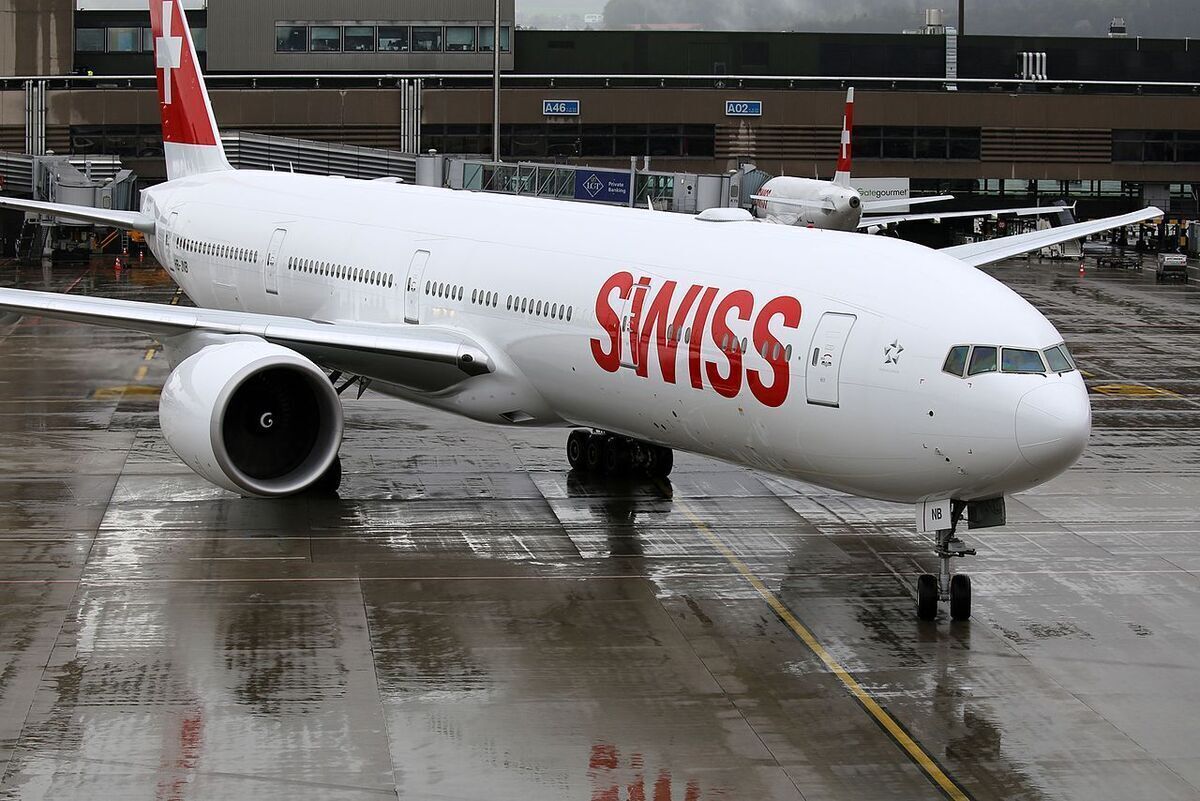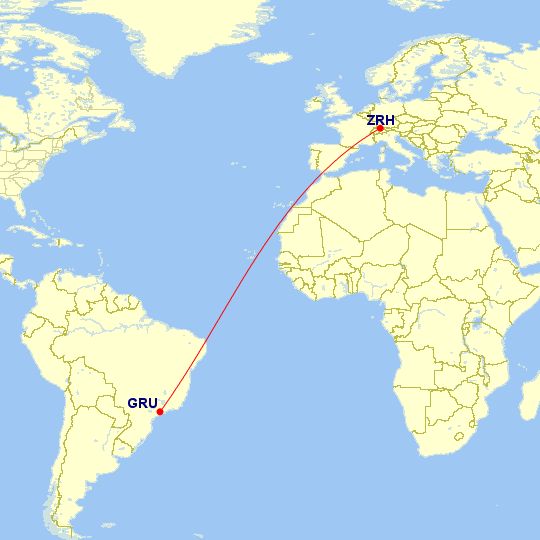Yesterday, June 26th, a Swiss International Airlines (SWISS) Boeing 777-300ER taking off from Zurich to Sao Paulo had to reject its takeoff due to a crew rest area smoke indication. Emergency services responded and checked but found nothing. The crew of the 777 attempted a second departure but again rejected the takeoff due to the same smoke indication.
One rejected takeoff after another
According to The Aviation Herald, the SWISS 777-300ER was set to operate flight LX92 from Zurich to Sao Paulo when the two back-to-back incidents occurred. The aircraft, registered HB-JNB, was accelerating for takeoff from Zurich Airport's runway 32 when a crew rest area smoke indication appeared. In response, the pilots rejected the takeoff at a speed of about 60 knots over ground (approximately 111 km/h) and returned to the airport apron.
After parking in a safe space, emergency services responded to the 777. However, it was reported that no traces of fire, heat, or smoke was detected.
Given the green light to take off once again 25 minutes later, the crew re-attempted their takeoff, and the 777 returned to the threshold of runway 32. However, the crew rest area smoke indication appeared once again, and the crew rejected takeoff at 50 knots over ground - approximately 92.6 km/h.
The aircraft then returned to the Zurich Airport apron, with the flight subsequently canceled.
What happened?
While this is a fairly rare occurrence, it's even more interesting that the same smoke indication appeared twice.
Given the fact that the aircraft was attended to by emergency crews and given the go-ahead for another takeoff, one would conclude that the issue has to do with the warning system itself and perhaps a faulty sensor. Of course, this is purely speculation, as no more specific details have emerged regarding the incident.
The incident aircraft, HB-JNB, is just over five years old. The aircraft joined the SWISS fleet brand new from Boeing in March of 2016. The jet is configured with eight first class seats, 62 in business and 270 in economy.
Crew rest areas
Crew rest areas are an optional feature that can be installed by airlines. These small sleeping quarters provide separate spaces for crews to rest-, particularly while on long-distance flights. These rest areas can be installed in various places throughout the cabin.
For the Boeing 777, an overhead crew rest can be installed near the front of the aircraft for pilots. Rockwell Collins says this can be installed “upstairs” in the aft of the flight deck. The company also offers an overhead rest area for flight attendants, located further back- close to door 3. Travel Skills reports that on a Cathay Pacific 777, the rest area is located above the economy class section at the rear of the plane and is accessed via a "non-descript door in the galley area."
While some might expect crew rest areas to be completely vacant during taxi, take-off, and landing, some aircraft have rest areas approved to be occupied by crews during these parts of a flight.
We know the new 777X has been approved for crews to occupy rest areas at these times, and several sources note the same for the Boeing 787. A FlyerTalk contributor notes that this is also possible for the existing generation of Boeing 777s.
What are your thoughts on this incident? Let us know by leaving a comment.


